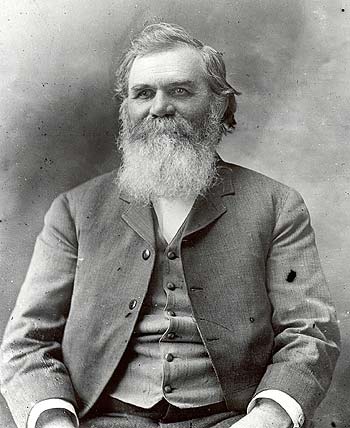By: Dr. Tiffany Gunawardena, DC.
Although it may seem that chiropractic care has been becoming more and more popular these days as an alternative form to traditional healthcare, it is quite the contrary.
 Various forms of mobilization/manipulation have existed for hundreds of years, however, there was not a proper organizational term to name the profession and was D.D. Palmer (the founder of chiropractic), who gave the profession its formal name in 1985. The word chiropractic is derived from the Greek word “cheir”, which translates to mean “hand.” Chiropractic has existed for over a century and has been a growing field ever since. To put into perspective the longevity of chiropractic, we can simultaneously reflect on the timeline of modern medicine. In 1897, the vaccine for the bubonic plague was discovered. In 1901, the system to classify blood types was introduced. In 1922, insulin was first used to treat diabetes. In 1928, penicillin was recognized as medication to treat bacterial infections, almost 30 years after chiropractic had begun.
Various forms of mobilization/manipulation have existed for hundreds of years, however, there was not a proper organizational term to name the profession and was D.D. Palmer (the founder of chiropractic), who gave the profession its formal name in 1985. The word chiropractic is derived from the Greek word “cheir”, which translates to mean “hand.” Chiropractic has existed for over a century and has been a growing field ever since. To put into perspective the longevity of chiropractic, we can simultaneously reflect on the timeline of modern medicine. In 1897, the vaccine for the bubonic plague was discovered. In 1901, the system to classify blood types was introduced. In 1922, insulin was first used to treat diabetes. In 1928, penicillin was recognized as medication to treat bacterial infections, almost 30 years after chiropractic had begun.
Back pain remains on the most prevalent and debilitating conditions worldwide and one of the leading reasons patients seek out medical attention. As the opioid epidemic continues to wreak havoc on today’s society, chiropractic care offers a conservative and holistic approach in treating a variety of neuromusculoskeletal conditions. Aside from being neuromusculoskeletal specialists, chiropractors are additionally biomechanical experts. They do not just analyze the body and ailments but are trained to recognize faults of mechanical patterns.
A study conducted by Schneider et al. (2017) found that manual thrust manipulation (adjustment) provided greater short-term reduction in self-reported disability and pain scores compared to mechanical-assisted manipulation and usual medical care.
Chiropractors specialize in treating a variety of conditions affecting the neuromuscular system. Some conditions we treat include but are not limited to the following:
- Headaches
- Muscular dysfunction
- Radiculopathy
- Facet syndrome
- Joint pain
- Nerve entrapment/compression
Aside from the typical adjustment chiropractors have a variety of tools/techniques to customize treatment for each and every patient. Chiropractors are trained physicians that are able to diagnose, manage, and treat a wide range of human health concerns and often times co-manage health cases with other health professionals such as MDs, orthopedic surgeons, neurologists, and other specialists. Some techniques utilized include various modalities (ultrasound, electrical muscle stimulation), manual therapies such as active release technique, instrument assisted soft tissue manipulation/mobilization, Kinesio taping, nerve flossing, joint mobilization/manipulation. Additionally, chiropractors can also provide nutritional counseling, physical rehabilitation, tips for lifestyle modification, and more.
Tips for preventing back pain:
- For every 30 minutes of static/stationary posture, mobilize for 4 minutes — static posture promotes muscle shortening which results in tightness and limited range of motion.
- Physical activity has beneficial effects on most musculoskeletal conditions including low back pain — as we age our musculoskeletal system becomes more fragile therefore it is important to properly maintain and strengthen to prevent the risk of serious injury than may result from a fall.
- Stretch your muscles daily — research has shown that stretching increases range of motion effectively and will reduce muscle tension.
Are you doing all “the right things” and your pain just doesn’t go away? Reach out to us by filling out the form below, give us a call now, or stop by and celebrate National Chiropractic Care Month with us!